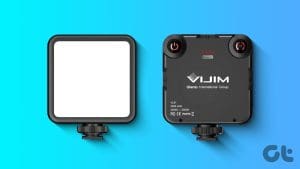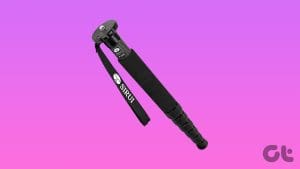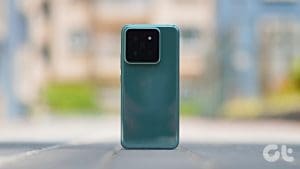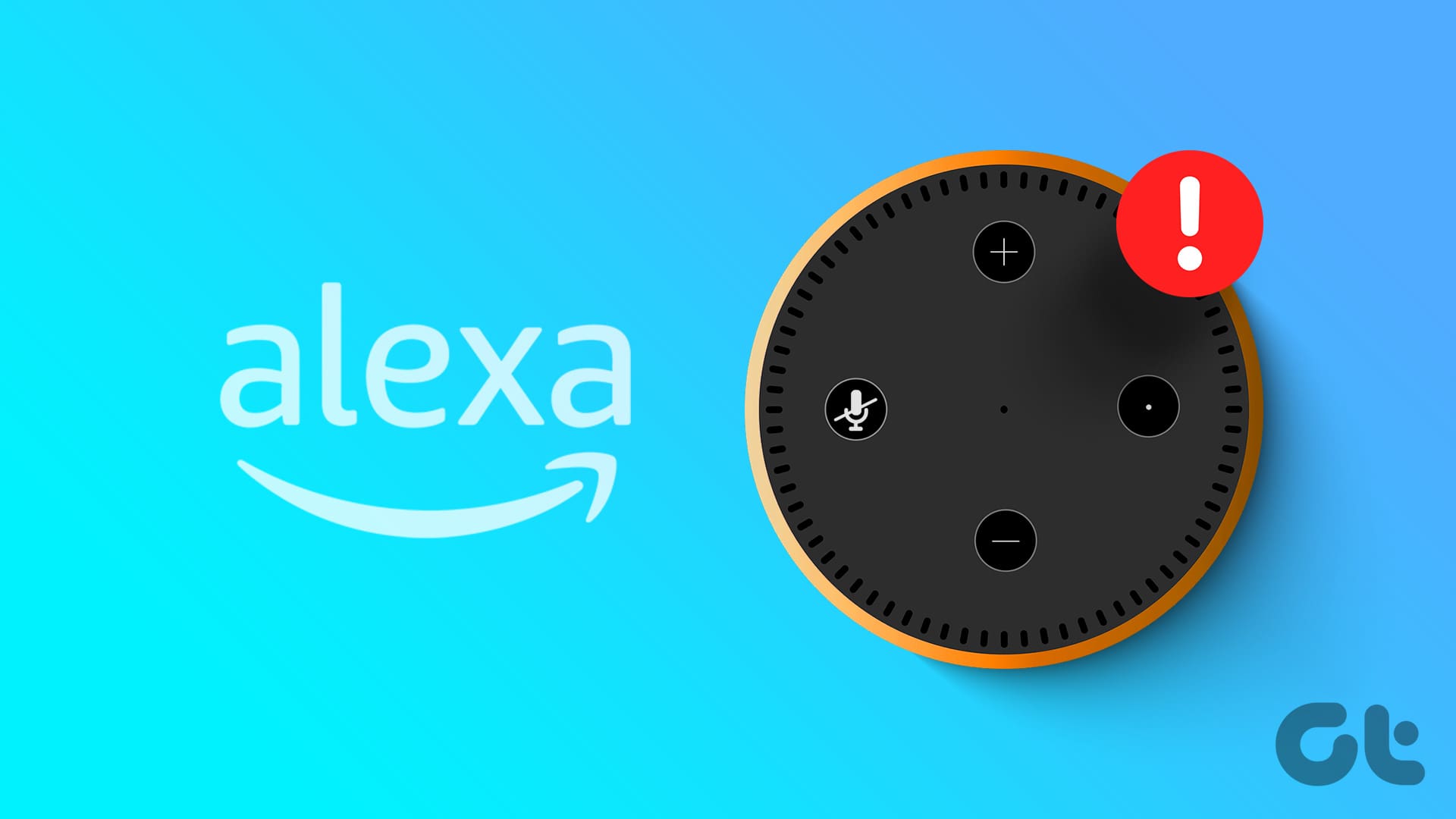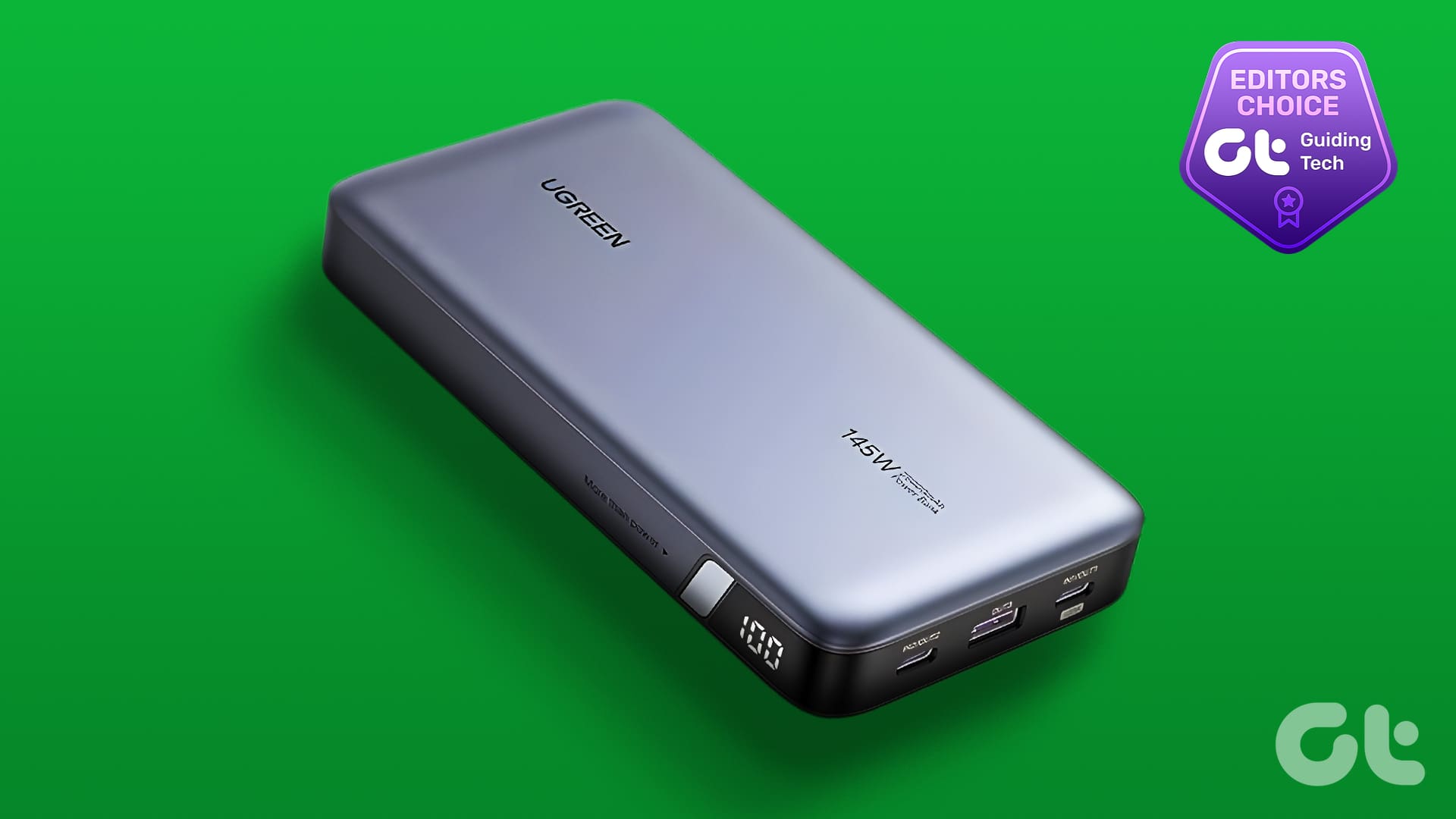Remember back in 2012, when Samsung launched the Galaxy Camera smartphone? It was basically a point-and-shoot camera that ran on Android OS. It truly was ahead of its time. Fast forward to 2024, and Xiaomi is here with the Xiaomi 14 Ultra, which is a camera that also works like a smartphone. Except that, it’s a lot more powerful, and quite portable, but still with one clear aim – for the photographers.
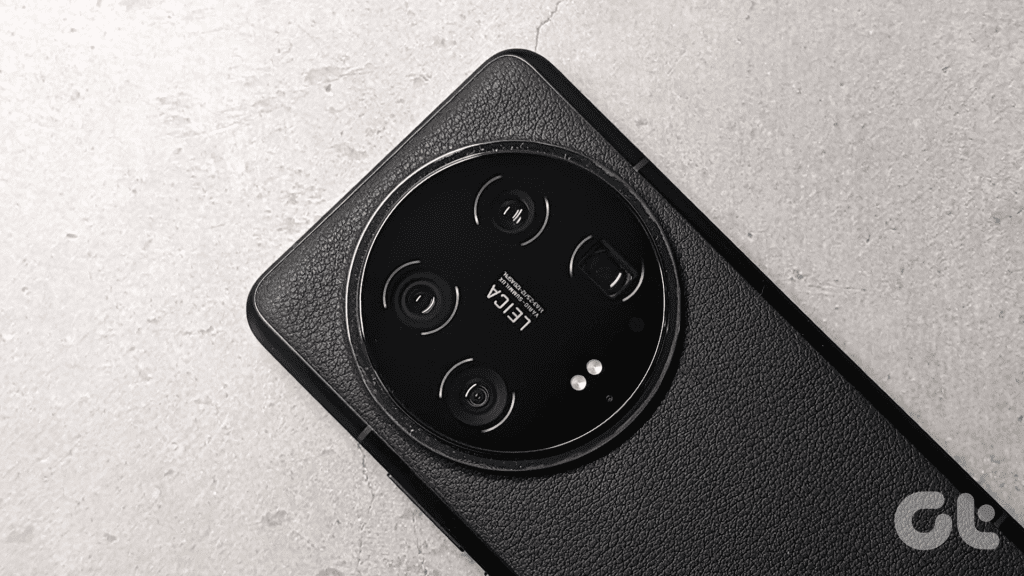
Don’t get me wrong, Xiaomi still packs in plenty of “smartphone” into this, but let’s be very clear, the Xiaomi 14 Ultra is clearly meant for fans of photography. But exactly what is so great about this camera phone? And with its clearly premium price tag, is the 14 Ultra the right flagship for you? Let’s find out.
Design: Private Island
Starting with the design, the 14 Ultra comes with a huge circular camera island, making it stand apart from the herd of other smartphones in the market. Unlike the OnePlus 12 series, the 14 Ultra has a camera module aligned to the center, with a premium leather finish below it.
The phone is quite top-heavy, and it will take some time to get accustomed to its ergonomics. That said, the camera ring rests exactly on top of your index finger, which helps in the overall handling of the device.
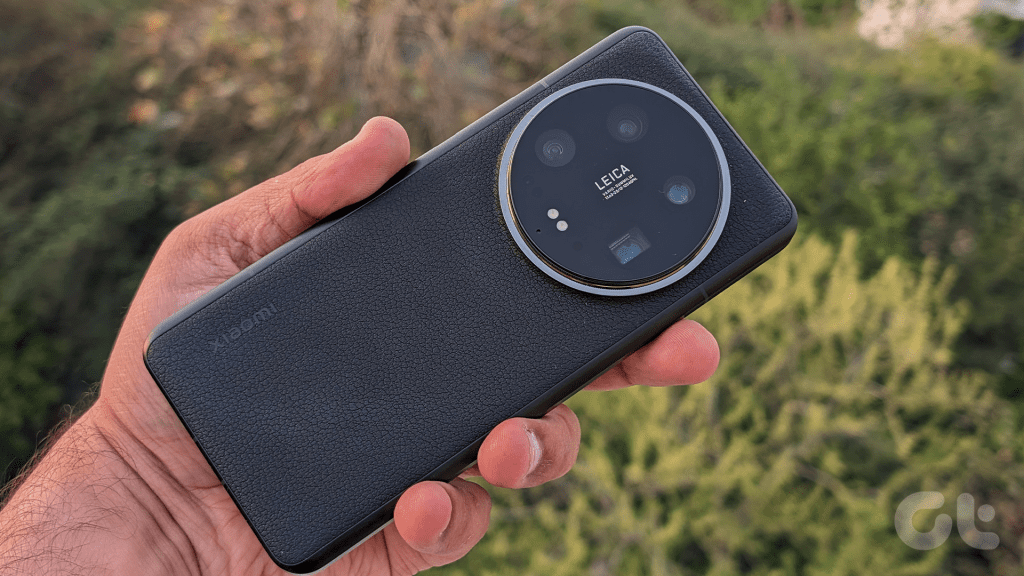
The 14 Ultra is IP68 dust and water-resistant, and the company states that the mid-frame is milled from a single block of aluminum. Up front, Xiaomi makes use of an All-Around Liquid display, which is essentially a slightly curved panel from all four edges.
As for protection, it has the Xiaomi Shield Glass coating on top. That said, as always, I’d still recommend getting a tempered or a scratch protector guard, just in case.

Xiaomi also has an optional Photography kit which includes a phone case and a detachable grip. The case also houses a two-stage shutter button, along with a customizable dial and more features.
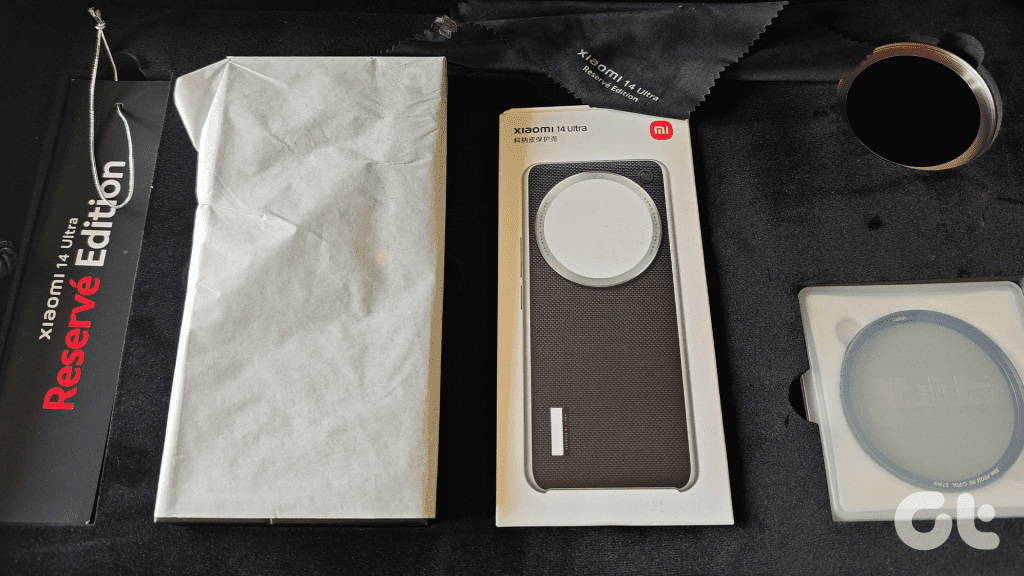
Unfortunately for us, Xiaomi didn’t send us the same, but we did get the Reserve Edition, which comes with a fancy case and a polarizer filter at the very least.
Display and Sound: Doesn’t Disappoint
The Xiaomi 14 Ultra packs in a 6.73-inch QHD+ LTPO display, with a 120Hz refresh rate. It also packs in support for both Dolby Vision and HDR10+. As you’d expect, the panel is a visual treat, that works very well for all sorts of use cases – be it general web browsing, high refresh rate gaming, or just pure entertainment.
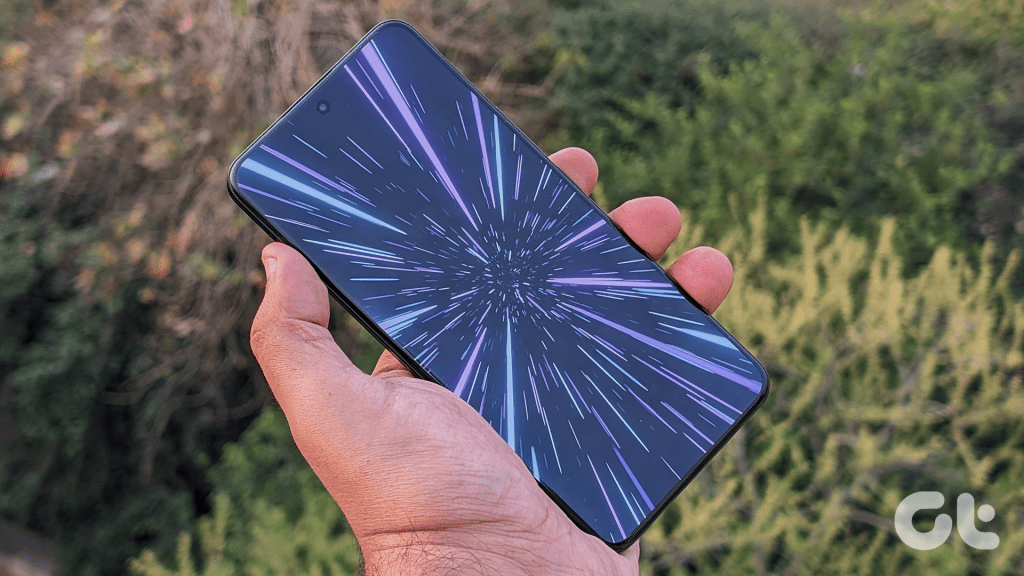
The overall experience is also well complimented by the dual stereo speakers, which are quite clear, while also being quite loud. And if you’re a fan of headphones, the Xiaomi 14 Ultra also packs in support for Hi-Res Wireless audio.
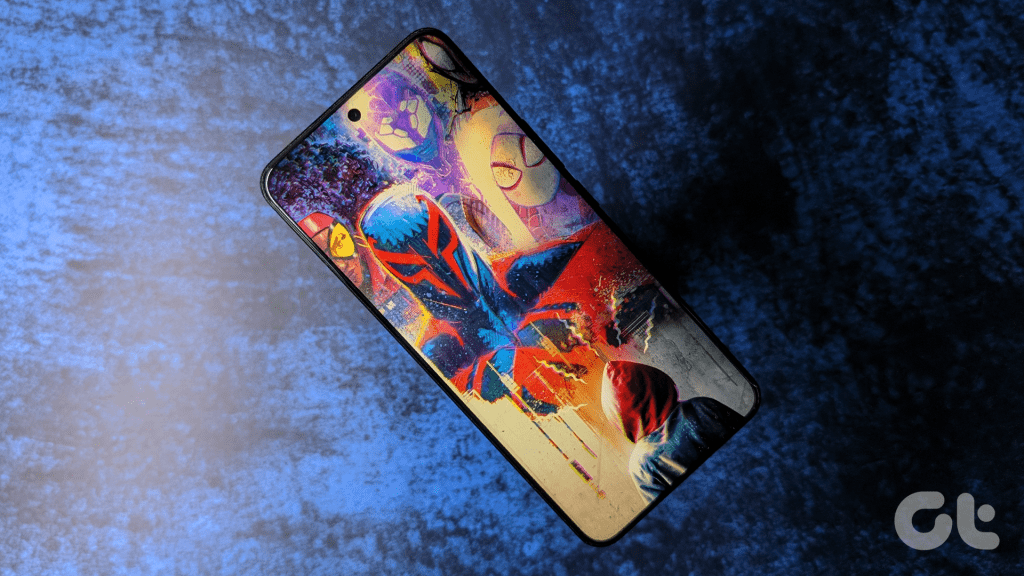
One area where it slightly falls short in terms of premium displays is the outdoor visibility. The peak brightness of 3000 nits is by no means a small value, and most users will be able to use it under direct sunlight without any issues.
That said, both the Google Pixel 8 Pro and the Samsung Galaxy S24 Ultra have a brighter panel. The latter also comes with a premium anti-glare coating. Then again, it’s not to throw any shade on the Xiaomi 14 Ultra, which is still a flagship panel in its own way.
Cameras: The Spotlight
With this being one of the many Xiaomi phones that they’ve made in collaboration with Leica for the cameras, I honestly don’t want to use any other cliched puns. So let’s just cut to the chase. The 14 Ultra improves upon last year’s Xiaomi 13 Pro, massively.
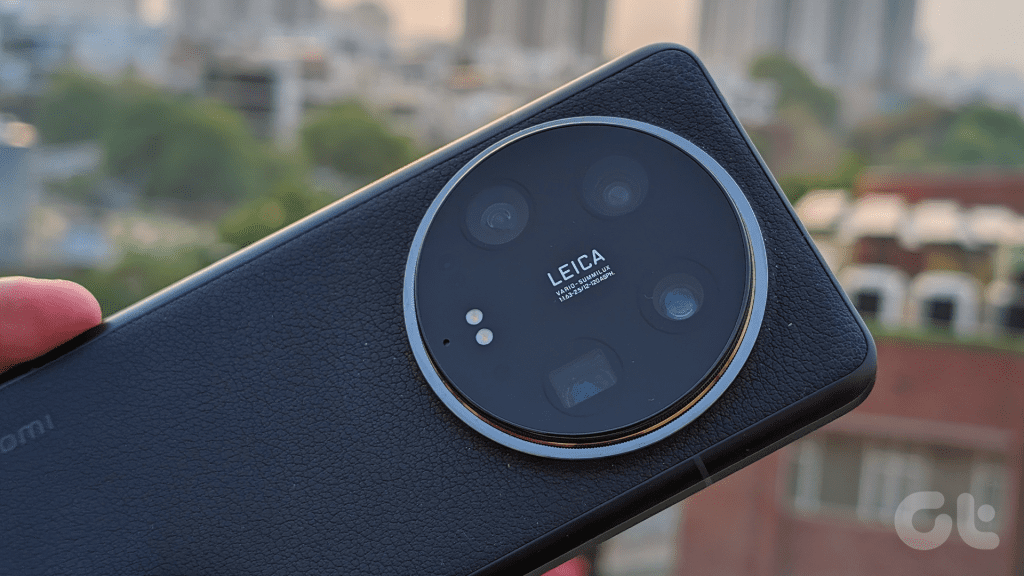
It features a quadruple of 50MP lenses, namely wide, a 75mm telephoto, a 120mm periscope telephoto with 5x optical zoom, and an ultrawide sensor. Apart from the latter, all lenses also feature Optical Image Stabilization. And finally, upfront, there’s a 32MP selfie shooter.
Daylight Shots



Starting with the daylight shots, the phone captures stunning details with vibrant colors. In fact, you can switch the color profiles, choosing between either Leica Authentic or Leica Vibrant. Personally, I prefer the latter, since when I am in the mood to edit images, I resort to shooting in RAW itself.



Thanks to the 50MP sensors, the details are almost always on point, and the HDR works very well. There’s also very minimal color shift when switching from the primary lens to either of the telephoto lenses, which is much appreciated.
Human Subjects and Portraits



The edge detection for human subjects works very well, with the phone managing to work its way around hair quite efficiently. The portrait mode has all the variable focal lengths on offer – 23mm, 35mm, 50mm, and finally 75mm. Each of the sensors works very well, and the results produced are at par with a lot of bulkier cameras.
The phone also works very well for portrait shots of pets. Usually, it’s quite tricky for a device to work its way around the body’s furry hair, but the Xiaomi 14 Ultra manages to output great results.



Lowlight Shots



Moving on to lowlight shots, the 1-inch sensor comes in clutch, allowing the device to capture in a ton of light and detail. As a result, the low-light images are amongst the best you’d find on any smartphone on the market, with minimal noise and great detailing. It also manages to handle light sources effectively, while preserving the dark areas in the frame.



Video Recording
Finally, as far as videography is concerned, the support for 4K video recording across the board is a nice touch. That said, the lens switch while recording is still bumpy, something which most smartphones apart from the iPhone, struggle with. The good news is that the quality is crisp, OIS works very well, and there’s a Pro mode for the video too.
Performance: No Disappointments
Under the hood, the Xiaomi 14 Ultra is powered by the latest Qualcomm Snapdragon 8 Gen 3 processor, coupled with 16GB of LPDDR5X RAM and 512GB of UFS 4.0 storage. There’s also a 1TB storage variant, though that’s exclusive only to the Chinese market.
In terms of performance, the phone delivers on all fronts. The performance is snappy, everything works flawlessly, and I haven’t encountered any lags or hiccups. Apps launch fast, and the 16GB RAM offers plenty of room for multitasking.



That said, while the phone can obviously play demanding games at the highest settings, it does get a tad bit warm. Does it affect the performance and are there any frame drops? No. But can you feel the wrath of the dragon on your hand? Yes.
Software: HyperOS is Here
The Xiaomi 14 Ultra comes with HyperOS 1.0 based on Android 14, and the company did make a big deal out of it. At first glance, you’d find it quite similar to MIUI 14, but once you start using the device, you can make out the differences. For starters, the company has optimized the software experience very well, ensuring there is a seamless fluidity across the device.
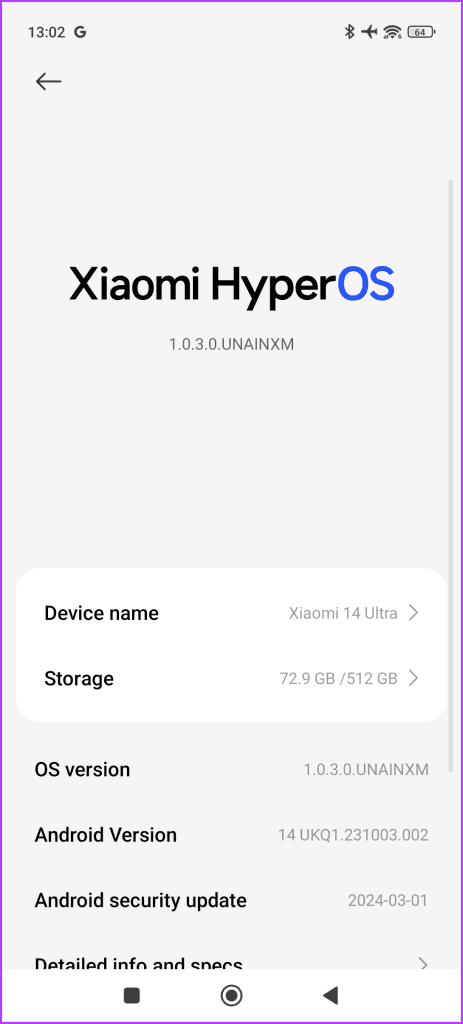


There’s also an added emphasis on the abundance of customizability options on offer. From the lockscreen to the quick settings, HyperOS lets you customize pretty much every aspect of it. However, I did find myself missing the text underneath the toggles to be able to figure them out at first.
One of the most important factors is that everything was quite stable, unlike most new phones at launch. That said, folks who are accustomed to Stock Android will find HyperOS to be a completely different flavor. Also, compared to other flagships on the market, Xiaomi’s update schedule is still a bit on the lower side.
The company is promising four platform updates along with five years of security updates, which is behind both Google and Samsung. Then again, both of those companies are also yet to deliver on their promises, so let’s see how things pan out.
Battery Life and Charging
Keeping the lights on is the 5,000mAh battery under the hood, coupled with a 90W fast wired charging. There’s also support for 80W of wireless charging, though you will have to fork extra for the proprietary charger. Instead, I’d recommend spending that money on the Photography kit, which not only offers all the added hardware buttons, but an extra 1,500mAh of juice to utilize.
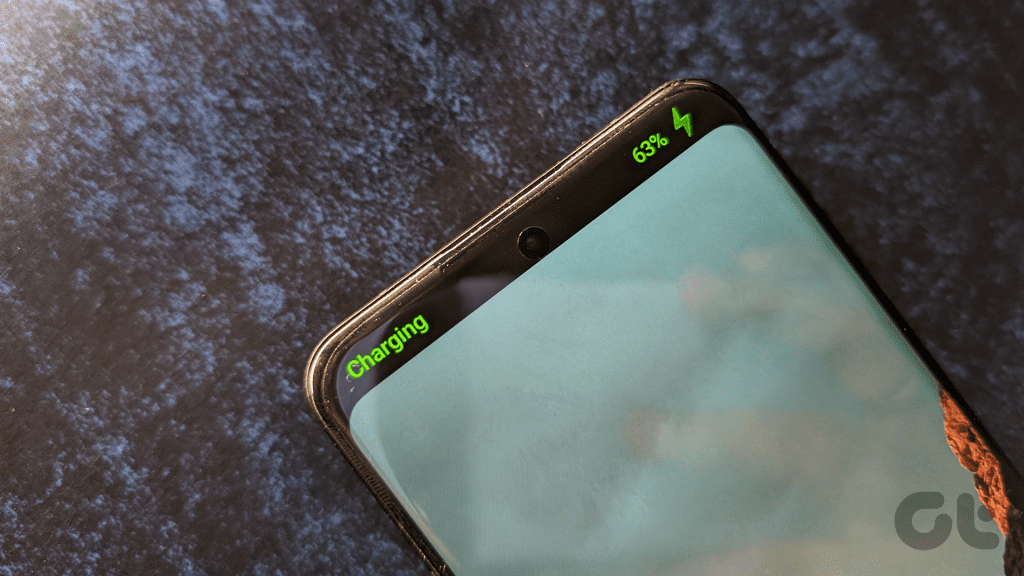
As for the smartphone’s battery on its own, it is a flagship device and the 8 Gen 3 is a power-hungry processor. I was able to squeeze about a day of usage from this, but expecting anything more is going to be tough. Also, that usage largely depends on how you plan on using the phone.
For a general smartphone user, the 5,000mAh battery should suffice. That said, for the camera enthusiast, who packs it to replace their bulky camera, the phone would give you a run time of about five to six hours with all the shots and 4K videos you’d be recording.
Xiaomi 14 Ultra: Pricing and Availability
Like most of Xiaomi’s devices, the 14 Ultra isn’t officially available for sale in the US. That said, the phone has been launched for most global markets, with the UK version costing £1,299 ($1,600). Alternatively, if you can source it, the phone retails for ₹99,999 ($1,199) in India. However, do note that the Photography kit isn’t available in every region, so make sure to check for the same if you intend on buying that.
Xiaomi 14 Ultra Review: Worth It?
So, the big question is – is the Xiaomi 14 Ultra worth it? There are no two ways about it, and we can be very clear about it. The Xiaomi 14 Ultra is easily the best camera smartphone on the market right now, thanks to both its hardware and software, and is further elevated by the Photography kit. If you’re someone who clicks a lot of photos and records a ton of videos and prefers full control over your camera, this is a solid recommendation.

With that aside, for anyone else looking for a premium flagship device, there are better contenders on the market that feel more like a smartphone. The Samsung Galaxy S24 Ultra and the Pixel 8 Pro are solid contenders, and you can even save a couple of hundred bucks by opting for the OnePlus 12 or 12R. And, of course, there’s the Apple side of things to look into as well.
So at the end of the day, if you’re all about the cameras and everything else is secondary, this should definitely be your next Android smartphone.
Was this helpful?
Last updated on 15 April, 2024
The article above may contain affiliate links which help support Guiding Tech. The content remains unbiased and authentic and will never affect our editorial integrity.


